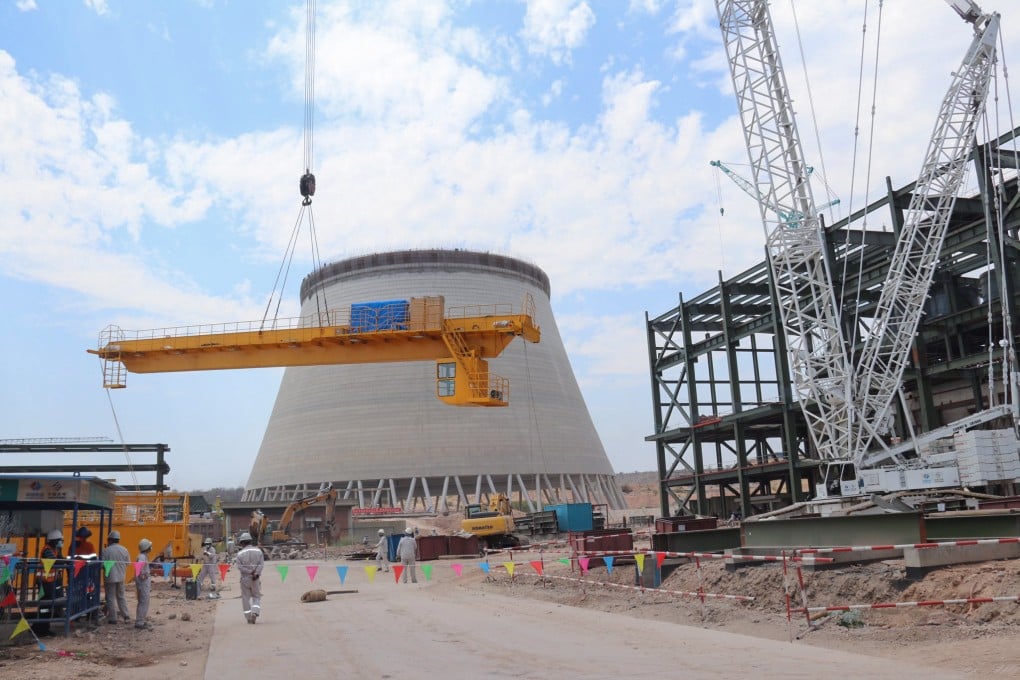Chinese debt traps in Africa? The bigger worry is bondholders, study finds
- China is the continent’s biggest bilateral creditor but most of the debt is due to private Western holders of African debt, according to a new report
- Private-sector manoeuvring rather than Chinese scheming more likely to induce a wave of defaults, researchers say

The study – by Harry Verhoeven from the Centre on Global Energy Policy at Columbia University, and Nicolas Lippolis from the department of politics and international relations at the University of Oxford – says the debt-trap narrative is a function of China-US strategic and ideological rivalry rather than a reflection of African realities or perspectives.
“What keeps African leaders awake at night is not Chinese debt traps. It is the whims of the bond market,” the report says.
Debt-trap diplomacy involves extending loans to countries and taking control of key assets if the debtor defaults on repayments.
While China is the continent’s biggest bilateral creditor, most of the debt is due to private Western holders of African debt, according to the researchers. Capital, in the form of debt repayments, thus continued to flow from Africa to Europe and North America, the study said.
Verhoeven said the percentage of African debt owed to China was less compared to that borrowed from private creditors.